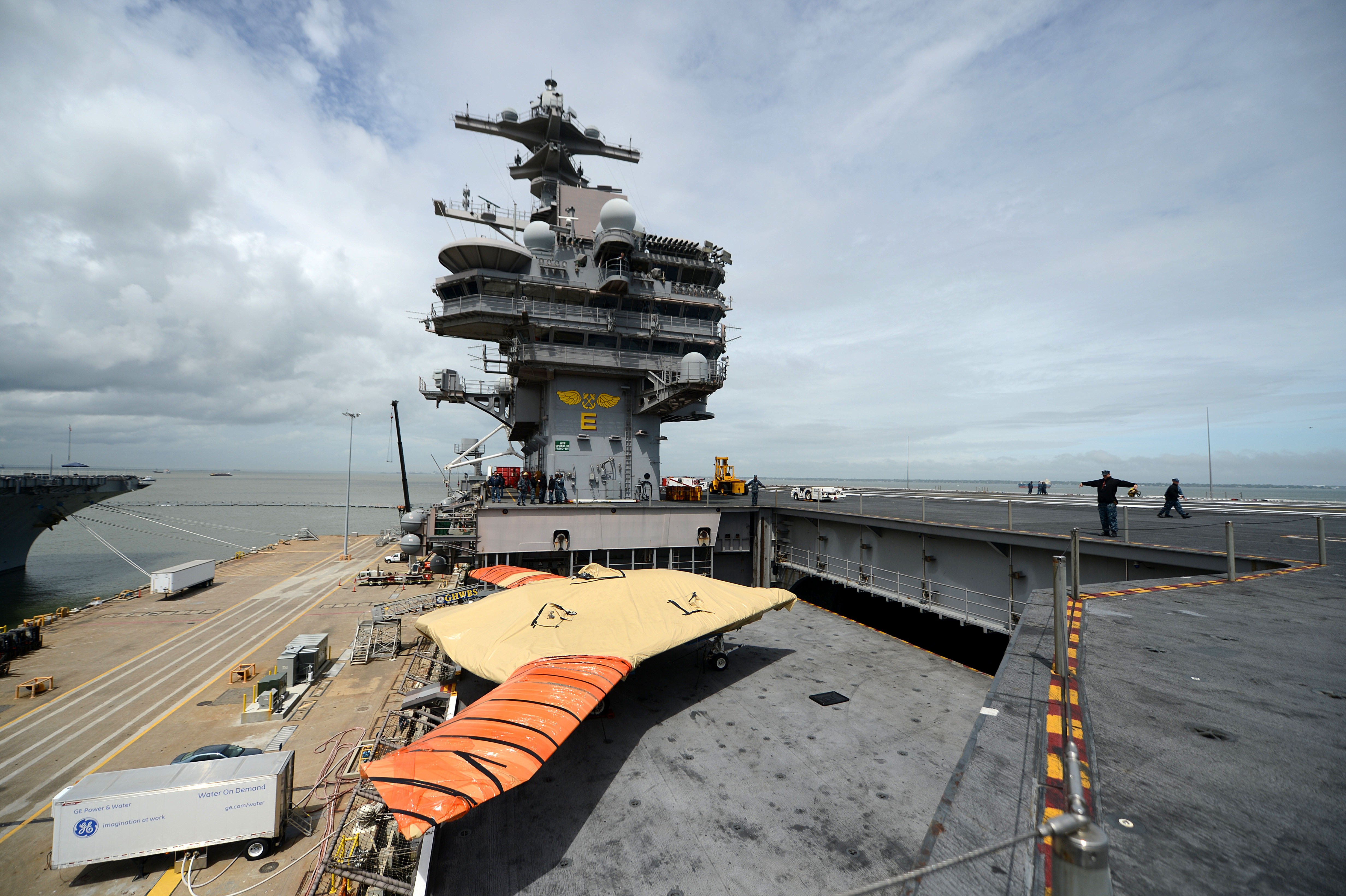
Navy Has Picked the First Two Carriers to Fly MQ-25A Stingray Unmanned Aerial Refueling Tankers
USS Dwight D. Eisenhower (CVN-69) and USS George H.W. Bush (CVN-77) will be the first two carriers to field the…
Copyright 2024 U.S. Naval Institute. All Rights Reserved.